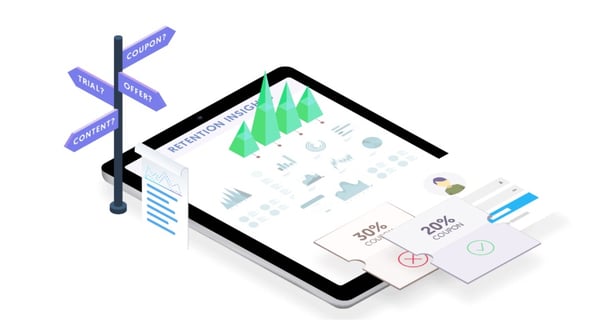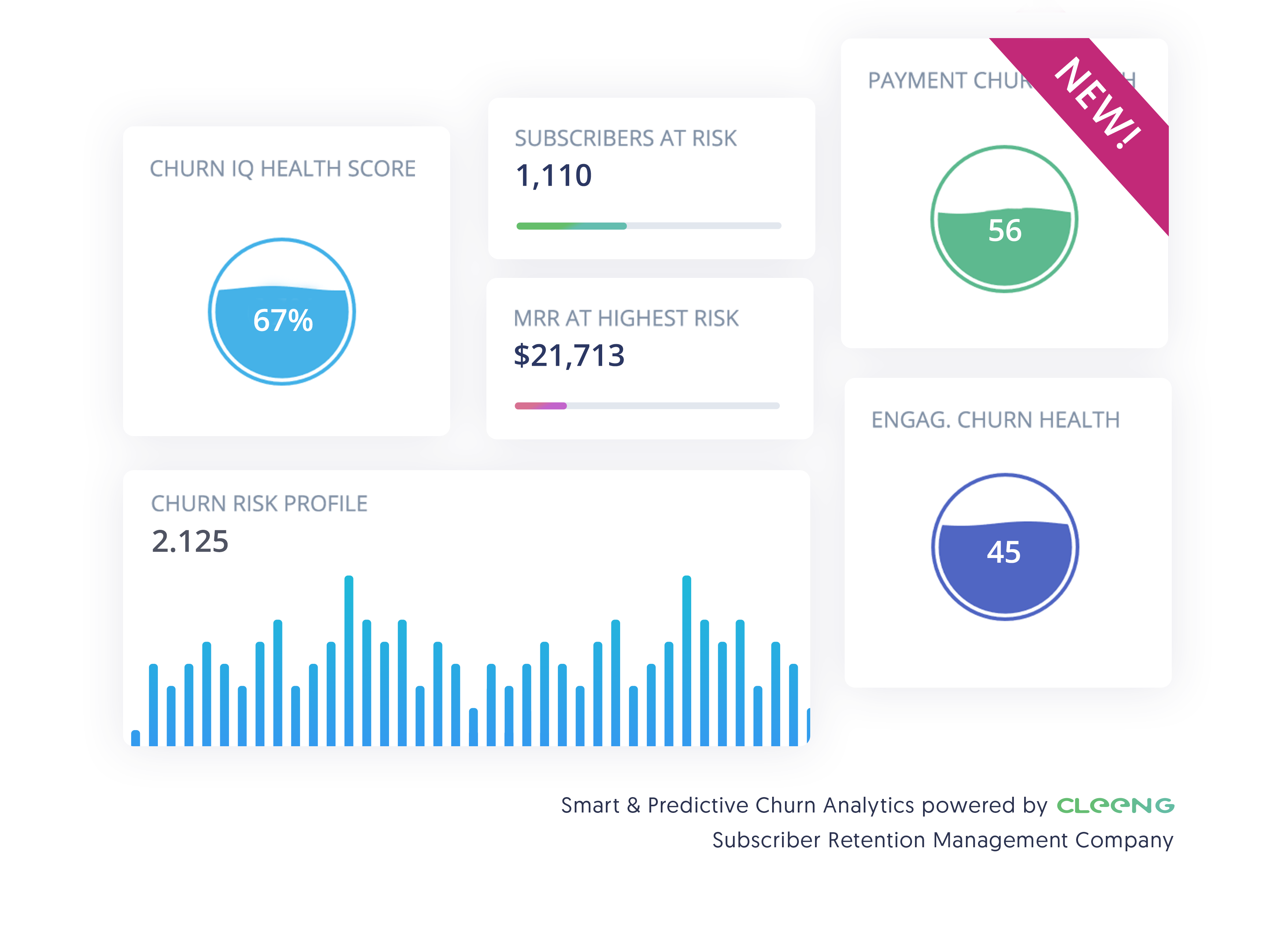
Its 2020, the debate is over as to whether or not data and analytics can improve an organization’s performance. Studies have shown that organizations that successfully use data achieve productivity rates and profitability 5-6% higher than their peers.
So, you are thinking, everyone has a lot of data, how are some organizations able to use it to their advantage while others aren’t?
This is actually quite a pervasive problem. According to a study by Garter, 60% of data and analytics implementation projects falter. Less than 25% of organizations believe their data analytics function is mature enough to actually optimize business outcomes. So what’s missing?
Data is like crude oil, you have to refine it, package it and use where it needs to be used. Most organizations are sitting on huge data reserves, the ones that set up the infrastructure to refine it and deploy it are able to gain a competitive edge.
Here are some common pitfalls that lead to failure or falter in analytics implementation:
- Analyzing and gathering data without a plan of how to use it - the equivalent of taking your oil and creating a bunch of kerosene. Not particularly transformative.
- Not setting up your organization to use the insights gathered from analytics - we have a bunch of gasoline, but no pumps or gas stations.
- Not trusting the data to make transformative decisions - we have the oil, we know how to make gasoline, we know that cars need gasoline, but we just really like horses so let's stick with those for a few more years.
According to two articles in Harvard Business Review and validated by examples from history, here is how to successfully implement data analytics in your organization. (Quick hint: do the opposite of the 3 pitfalls above)
The first step is to choose the right data. In order to do this, you need to generate a plan for your data. This should be tied to an important strategic initiative. Does this work?
On December 17th, 1903 Orville and Wilbur Wright made the first successful flight in human history in Kitty Hawk, North Carolina. Why did the Wright brothers, who lived in Dayton, Ohio, make their first flight in an extremely remote and isolated fishing village in the North Carolina Outer Banks? Believe it or not, it was data.
The Wright brothers were looking for a place with high and consistent average wind-speeds, with soft ground, and little to no people around. They wrote to nearly every weather station in the United States and Kitty Hawk met all of their criteria. They had a clear strategy and the data gave them the answer they were looking for. The rest is literally history.
The next step is to source data creatively. True competitive edge and transformative insights come from using information from sources others may not be looking at correctly. Once again, we go back to the early 1900s to prove that this works.
On December 14th, 1911 Roald Amundsen and a team of four others were the first people in human history to reach the South Pole. Once again, data was critical in giving them a competitive edge.
They chose a location for a base camp that had never previously been used. It was on an ice shelf in the Bay of Whales. Their competition, Sir Robert Falcon Scott and his crew chose a base camp that had been used several times and was on land, but was much further away from the pole. Amundsen chose the location for his camp because he studied maps and notes from every Antarctic expedition he could get his hands on. He found a solid mass of ice in a fixed position that was consistently described over several expeditions. The sea ice was previously thought to be too unpredictable for a camp. Data proved otherwise. Amundsen and his crew made human history. Scott and his crew froze to death with empty stomachs.
Both of these examples from history show how having a clear strategic goal and an open mind to insights gained from data lead to a real competitive edge.
The most important and most difficult piece of the puzzle is creating an infrastructure in your organization that facilitates effectively sharing and acting on insights gained from data.
How can this be done?
Get the necessary IT support. Build data models that can analyze, predict and optimize the outcomes of your business. Turn the insights from these models into simple tools for front-line managers and decision makers to use. Develop and strengthen your capabilities to exploit the data.
If that seems like a lot of work, it is. That’s why so many attempts to implement analytics fail or falter and why those organizations that do it successfully gain an edge in their market.
Is there a solution out there that makes this simpler? Yes!
.png)
If you are a subscription business looking to retain more subscribers, the Subscriber Retention Management™ suite from Cleeng together with the new ChurnIQ™ 2.0, can easily integrate with your existing stack, has easy to understand insights gleaned from data, and in the near future will be able to analyze and predict which subscribers are at risk of churning.
To learn more about Cleeng’s SRM™ suite and ChurnIQ™, click here or contact our sales team. To see some more modern examples in a business context, check out our client testimonials.

In summary, if your organization is looking to transform its capabilities through data analytics it needs to:
- Develop a clear strategy of how the data will be used
- Create the necessary infrastructure to use the data
- Be willing to make transformative decisions based on insights from the data
If you implement the steps and truly commit your organization to using data and analytics, you can get out in front of the competition instead of dying in the cold (metaphorically, of course).
For more details about Subscriber Retention Management analytics,




